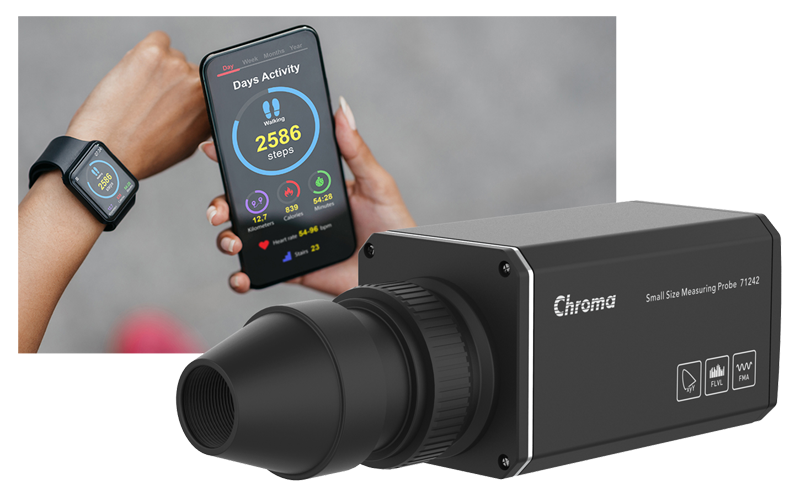Which apple is redder?
Environmental factors greatly affect how color appears to the human eye. The same apple can look different in the natural daylight of a traditional market compared to the specialized lighting in a supermarket's fresh produce section. In the past, color differences were described simply by using comparative adjectives, but in modern times we can quantify and compare them using various standards. The Pantone and RAL color systems can be used for comparison based on the reflection entering the human eye, and objects that are self-luminous or have other light sources can be traced using the CIE system.
How do you quantify color differences?
Delta E (also referred to as ΔE or dE) is a color measurement standard established by the International Commission on Illumination (CIE). It uses a specific formula to convert RGB and tristimulus values into the L*a*b* color space to compare the differences between two colors. “Delta", or Δ, is a Greek letter used to represent difference or change, and "E" refers to "Empfindung," which means sensation in German. In full, Delta E refers to perceptual difference, so the measured value of Delta E represents the difference between the displayed color and the original input color. A lower Delta E value indicates higher color accuracy, while a higher Delta E value indicates a more noticeable color difference.

▲Color coordinate conversion diagram
Specially designed for precise measurement of small-sized displays
When developing high-end displays, one of the challenges faced by manufacturers is to accurately measure color performance. With CIE continually proposing and revising formulas for calculating Delta E, an array of formulas are required for comprehensive color space calculation. To address this challenge, Chroma introduces the 71242 Small Size Measuring Probe. The probe fully supports CIE DE2000 measurement, and includes software that allows users to edit color lists for the three primary colors within a 0-255 range as well as color gamut, gamma, and white point measurement. Users can set the Delta E upper limit to quickly determine whether the color difference is within tolerance. Additionally, the 71242 can be seamlessly paired with the standard image output of the Chroma 2238 Video Pattern Generator for a comprehensive measurement solution.

▲Software interface for Delta E measurement
Chroma 71242 Small Size Measuring Probe is designed with a light-receiving aperture, allowing precise measurement of smart wearables, mobile phones, and other flexible display devices. Its optical system incorporates a condenser lens, motorized shutter module, light uniformizing module, and high-sensitivity sensor. The complementary Color Analysis Master software provides complete analysis and control functionality for optical color measurement, gamma measurement, flicker measurement, Delta E measurement, color gamut measurement, color correction, and test program editing. Users can conveniently store measurement data in text reports. All these software functions and applications are also compatible with the Chroma 71241 High Accuracy Universal Measuring Probe.

Chroma offers a complete optical inspection solution for small-sized display devices. The versatile 71242 Small Size Measuring Probe is compatible with personal computers, Chroma 2238 Video Pattern Generator, Chroma 27014 Flat Panel Display Tester, and other units, enabling accurate measurement of the color performance of wearables, tablets, mobile phones, and AR/VR panels. For more information, please visit the Chroma website and leave your inquiry and contact information. We are happy to be of service!
| Chroma 71242 Small Size Measuring Probe |
| Chroma 71241 High Accuracy Universal Measuring Probe |
| Chroma 2238 Video Pattern Generator |
| Chroma 27014 Flat Panel Display Tester |